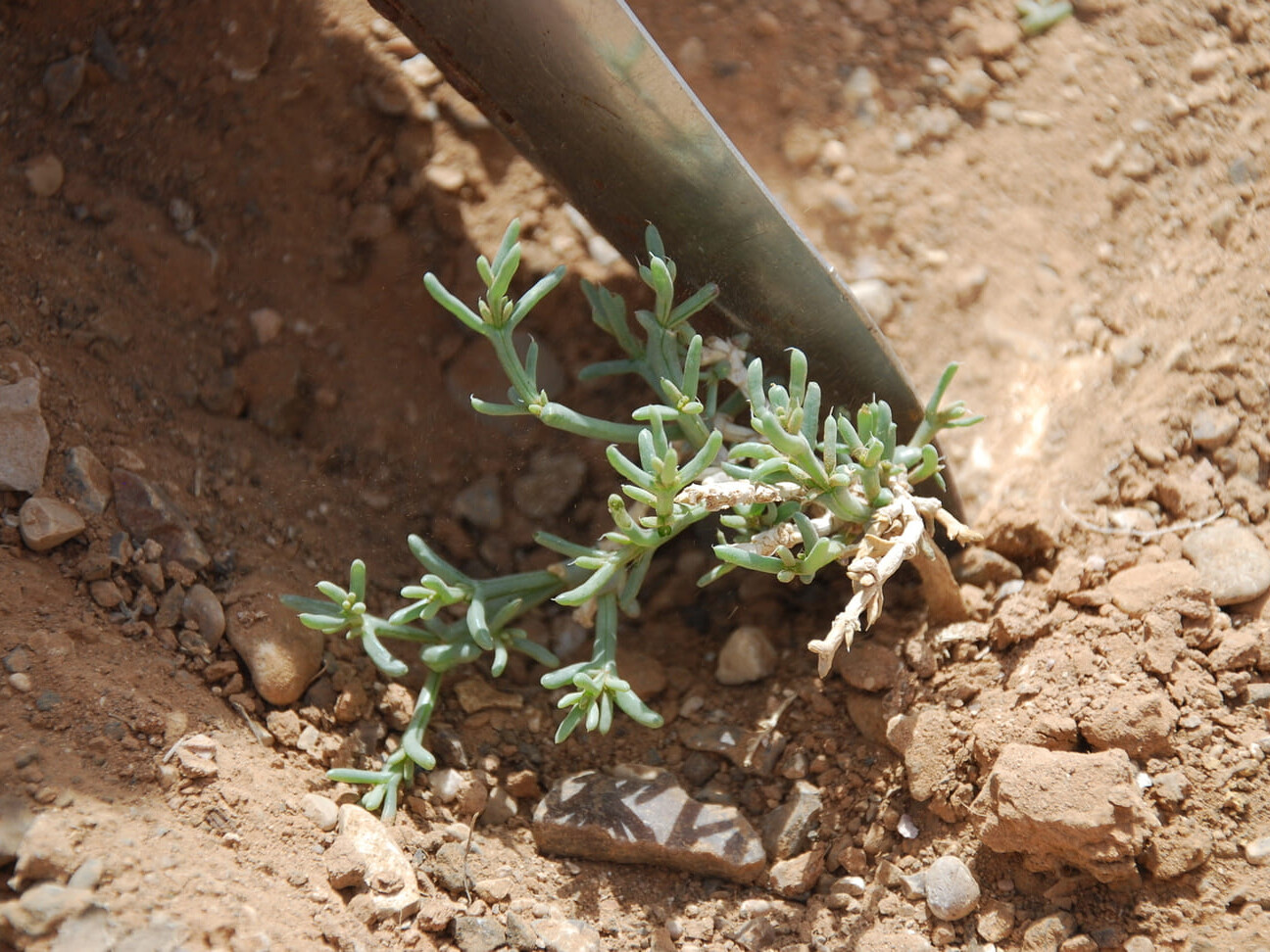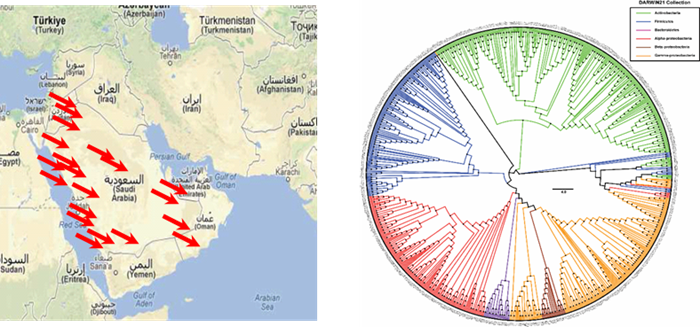
Enabling desert revegetation by AI-tailored soil microbiome fortification
Heribert Hirt, Robert Hoehndorf und Gabriel Wittum
Global warming, overgrazing and urbanization annually cause 12 million hectares of land to be lost in dry regions of the world. 1.5 billion people worldwide depend on land that is slowly being degraded by desertification, resulting in 42 billion US Dollars of lost earnings from agriculture a year. Projects to reclaim vegetation from deserts are found in many places in the world, but many of these megaprojects have encountered major difficulties resulting in rethinking about the best approaches to revert desertification.
We aim to address the problem of desertification by understanding the underlying biological mechanisms and identifying necessary interventions to reverse it. In order to achieve this we will mainly rely on the preliminary work the Hirt lab has done by characterizing the microbial composition of soil and plants from more than 40 sites in the Arabian Peninsula, which will form the main dataset underlying our work. The group generated a microbial biobank of more than 10 000 microbial soil and plant-associated strains which cover all the taxonomic and functional groups found in KSA. We will use the microbial biobank as the resource for assembling the missing microbial units for soil rehabilitation programs at different sites in KSA. Our objectives are as follows:
- Functionally characterize the microbial bank with more than 10 000 microbes
- Develop an AI based method to predict soil type based on microbial composition
- Improve soil type prediction method by identifying biological functions, processes and pathways from metagenomics sequencing data.
- Predict dynamic interactions in soil systems and stable/unstable interactions
By doing this we will be able to identify what (in terms of microbes or chemicals) is missing from soil in order to support plant growth, and design intervention strategies that add nutrients and microbial organisms to the soil.

KSA sites with studied desert soil and microbial composition and microbial biobank composition covering the full taxonomic range of Actinobacteria, Firmicutes, Bacteriodetes, Alpha-, Beta-, and Gamma-Proteobacteria.
